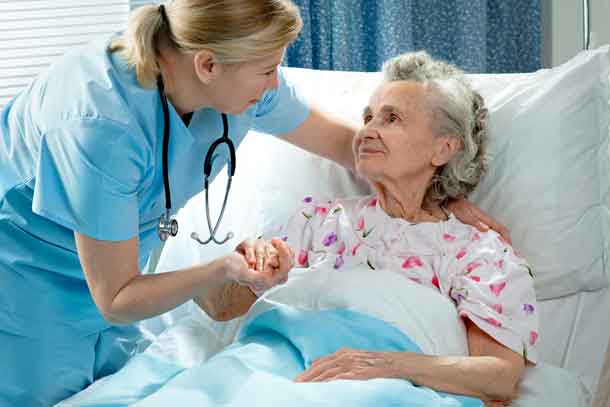Manual handling involves using force to support, lift, or move individuals who have difficulty moving due to conditions that come with old age. Manual handling in aged care homes is done by personal care workers, nurses, or individuals looking after the elderly. Examples of tasks that require manual handling are wheelchair pushing, assisted walking, and moving or adjusting medical equipment like trolleys or beds.
Manual handling procedures consist of guidelines on lifting, transporting, and repositioning techniques, as well as using equipment and tools to lower the risk of injuries. Some examples of manual handling procedures include:
- Transporting elderly individuals between chair and bed
- Incorporating proper lifting and transporting techniques
- Repositioning patients in bed
- Using the necessary equipment to perform manual handling tasks.
Manual handling tasks can cause injuries such as sprains, strains, and even fractures to the recipient or care provider if not done carefully. Let’s look at the role manual handling plays in aged care and how you can ensure safe and effective manual handling.
What Role Does Manual Handling Play in Aged Care?
The daily activities of aged care facilities are dependent on manual handling. Manual handling is important as it offers comfort and dignity to the elderly and helps with basic tasks like dressing, bathing, and moving.
When performing manual handling tasks, there is personal contact between care workers and the individuals in the aged care facilities. Apart from physical support, the interaction also provides emotional support, creating an environment of compassion and trust. A touch of a caregiver can convey a sense of safety and comfort to the elderly and reduce stress.
Manual handling tasks can be physically demanding and require stamina, strength, and training. Every care worker should understand the needs of every elderly individual and come up with a safe and comfortable approach when dealing with them.
How to Ensure Safe Manual Handling?
1. Education and Training
A fast and effective way to be good at something or to gain a certain skill set is by training. By taking an aged care course, you can acquire the skills needed to look after the elderly. Manual handling will be part of the coursework work, and some of the things you will learn include the following:
- Performing risk assessments
- Offering personalized manual handling support to clients whose needs are complex
- Creating a collaborative and communicative work environment
- How to lift efficiently with low injury risk
- Incorporating assistive machines to offer safe transportation and handling
- Lastly, utilizing proper body mechanics.
2. Hazard Assessments
Carrying out a risk assessment can aid in pinpointing potential problems and injury risks. Hazard assessments involve identifying, assessing, and preventing any potential risks of accidents. Since people in this line of work can develop musculoskeletal disorders or strain injuries, risk and hazard assessment can go a long way in promoting a safe working environment.
3. Efficient Manual Handling Equipment
Heavy lifting repeatedly can take a toll on your body. As such, it’s important to make use of the equipment at your disposal because it helps to reduce manual handling risks, injuries, and hazards. Below are some examples of common equipment used during manual handling in aged care facilities:
- Transfer belts: The personal care workers wear the belt around the waist when moving or lifting a person to support the lower back by distributing the weight evenly, reducing the strain on the back.
- Hoists: The work of this equipment is to lift and move elderly people from one location to another; for example from a bed to a wheelchair. That reduces the risk of patients and caregivers getting an injury or strain.
- Wheelchairs: They provide mobility to elderly individuals with standing or walking difficulties.
- Mechanical aids: They help to lift and transfer individuals effectively and safely from one point to another. They include personal elevators, chair lifts, and mechanical hoists.
In Conclusion
Manual handling plays a big role in aged care facilities. It helps the residents of those facilities carry out their day-to-day activities, such as assisted walking, bathing, and shifting from a bed to a chair. Therefore, ensuring safety when performing manual handling tasks is important for residents and employees alike. You can do that with education and training, proper manual handling equipment, and risk assessments.




